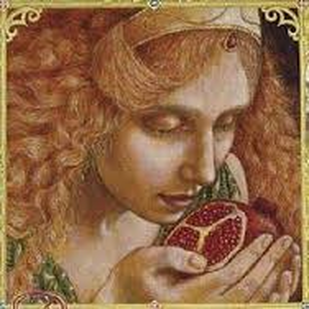 “We know from studies of big populations of people that the incidence of depression goes up in the fall and winter,” says Dr. Thomas Koonce, associate medical director at the UNC Family Medicine Center. “And we think that that's affected mostly by decreased sunlight hours.” The truth then about spring fever is that it exists because we can compare it to its darker relative seasonal affective disorder present in the dark days of winter. Poets have been describing spring fever for centuries without actually saying “spring fever” from Virgil to W.S. Merwin. One poet, however, captures the enigma of the vernal equinox in a mystery. E.E. Cummings challenges the “usual” and draws us into his poetry of inferences. He describes spring as a “perhaps hand,” and indeed it is like an invisible hand of possibility beckoning us to be somewhere else in the ether, whether it’s a balcony, a porch, a vegetable patch or a faraway place we have never been. It’s your journey—he is merely the gentle conductor. Spring is like a perhaps hand (which comes carefully Out of Nowhere) arranging A window, into which people look (while People stare Arranging and changing placing Carefully there a strange Thing and a known thing here) and Changing everything carefully Resources http://www.emaxhealth.com/1506/spring-fever-real.html http://www.poets.org/text/poems-spring
0 Comments
Leave a Reply. |
Dava Castillo
is retired and lives in Clearlake, California. She has three grown
children and one grandson and a Bachelor’s degree in Health Services
Administration from St. Mary’s College in Moraga California. On the
home front Dava enjoys time with her family, reading, gardening, cooking
and sewing. Archives
November 2015
|


